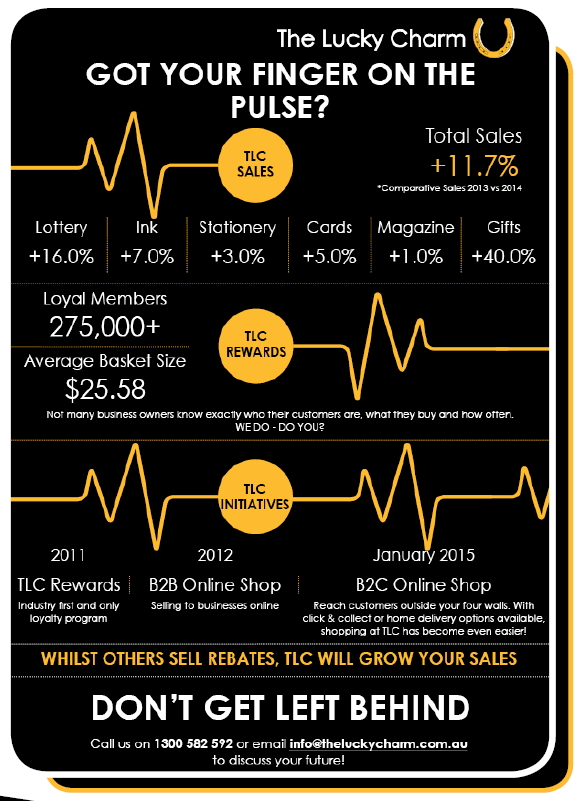Customer loyalty in retailing is important. One of the main tools today to get it, are loyalty programs.
Over my recent holidays, I thought a lot about loyalty marketing, especially when I saw this advertisement in the January edition of the N-View magazine. Its about a loyalty program we wrote.

What it did not say was that the basket size of an average shopper was $16.60, but a rewards program member basket size was $26.08. I do not know why; I would have talked about a 57% increase still what it does show the importance of measurement. Just think what can happen if you do *NOT* measure! The idea that you should rely on intuition to judge something you have little no experience makes no sense. You are also going to get quite a bit of misleading answers as although all stock and services you offer to receive some marketing materials and advice offered by supplier, it is all based on their needs.
It comes down to this.
*NO* measurement = *NO* control
I would also argue that the results should never be measured in turnover but in profit. Talking in turnover is missing the point that an increase in turnover is expected when price is cannibalised and rewards programs are a cannibalisation of price. Although to be fair to Lucky Charm their rewards program is free to their members so depending on your point of view, the franchise fees are the cannibalisation of price, or it is a free benefit. Still this franchise figure is available for all members, so they can do their figures.
However, without control due to no measurements, loyalty programs will descend into discount programs, which cost the retailer more than what they get, for example, see here my thoughts on discount vouchers a scheme that has no measurements and so no control as a simple yet vital question it cannot answer, how much is existing business loss compared to the new business gained?
Many loyalty schemes are available; all differ in quality and effectiveness from one another. However, whatever you decide you need to have the reporting in your system that can measure results to questions like these:
1) What is the cost? Most loyalty marketing programs work on about a 1% cost on turnover. If you can prove an effect, this may be reduced by suppliers` help, for example, both Lucky Charm and Nextra loyalty programs use suppliers help. Actually, one of the key elements of a retail management company Brendan Geyer and his team is to show how even small rewards programs can get suppliers' help.
2) Next question what is the key driver of the increase in sales? Is your marketing program giving more sales or is it simply giving discounts to people that buy now?
3) What can you do to deliver an improved return on investment? Can you open up new marketing avenues? In my experience, you can always pick up customers by segmenting them into categories and accessing what each segment might be interested in. To do this you require their names. You can also if you have names do before and after analysis. A real benefit will come through measurement and the subsequent control of your loyalty marketing.
Please make sure your system can do this before going into a loyalty marketing program.
Ours can!


